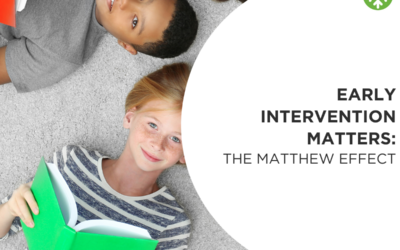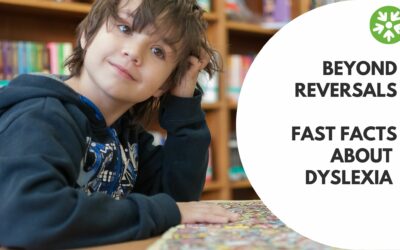Do you know the signs of dyslexia?
Seeing letters and words backwards is dyslexia, right? Wrong!
In a recent presentation, Stephen McCrocklin, Langsford’s Executive Director, dispelled that long-held belief.
In fact, dyslexia is not a visual issue at all. The underlying reason for this reading disability is related to phonological awareness – the ability to process sounds in our language.
Here is the full definition as established by the International Dyslexia Association in 2002 and revalidated in 2016:
Dyslexia is a specific learning disability that is neurobiological in origin. It is characterized by difficulties with accurate and/or fluent word recognition and by poor spelling and decoding abilities. These difficulties typically result from a deficit in the phonological component of language that is often unexpected in relation to other cognitive abilities and the provision of effective classroom instruction. Secondary consequences may include problems in reading comprehension and reduced reading experience that can impede the growth of vocabulary and background knowledge.
Some good news in Kentucky! There has recently been some noteworthy legislative action.
In April of 2018, the state of Kentucky passed a bill that recognizes dyslexia. House Bill 187 requires the Department of Education to make a “dyslexia toolkit” available to school districts to aid education of students with dyslexia.
According to the bill, the toolkit should include suggested training programs, guidance on developing instructional plans for students with dyslexia and other information related to using “multisensory approaches” to teaching language and reading skills.
The bill also states the Department of Education will “improve and update professional development opportunities for teachers specifically related to dyslexia.”
By January 2019, each local board of education will be required to develop policies, as outlined in the bill, for addressing the identification of kindergarten through third-grade students with dyslexia and other learning disabilities.
This is very welcome news – at long last! Understand more about dyslexia.




